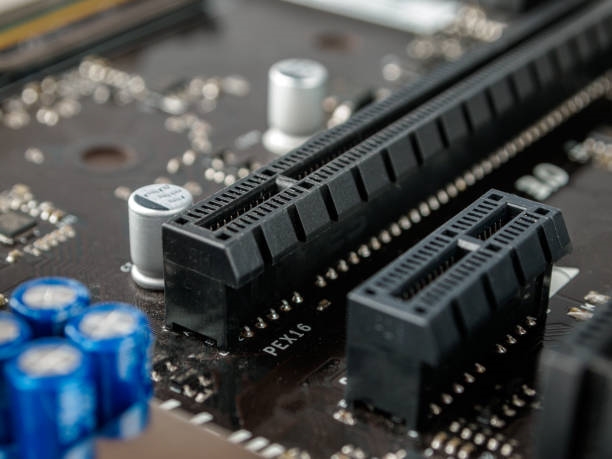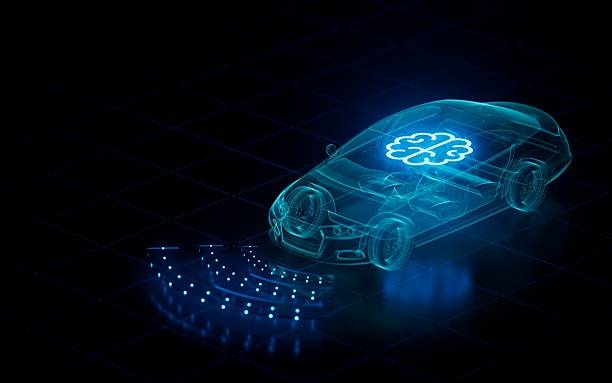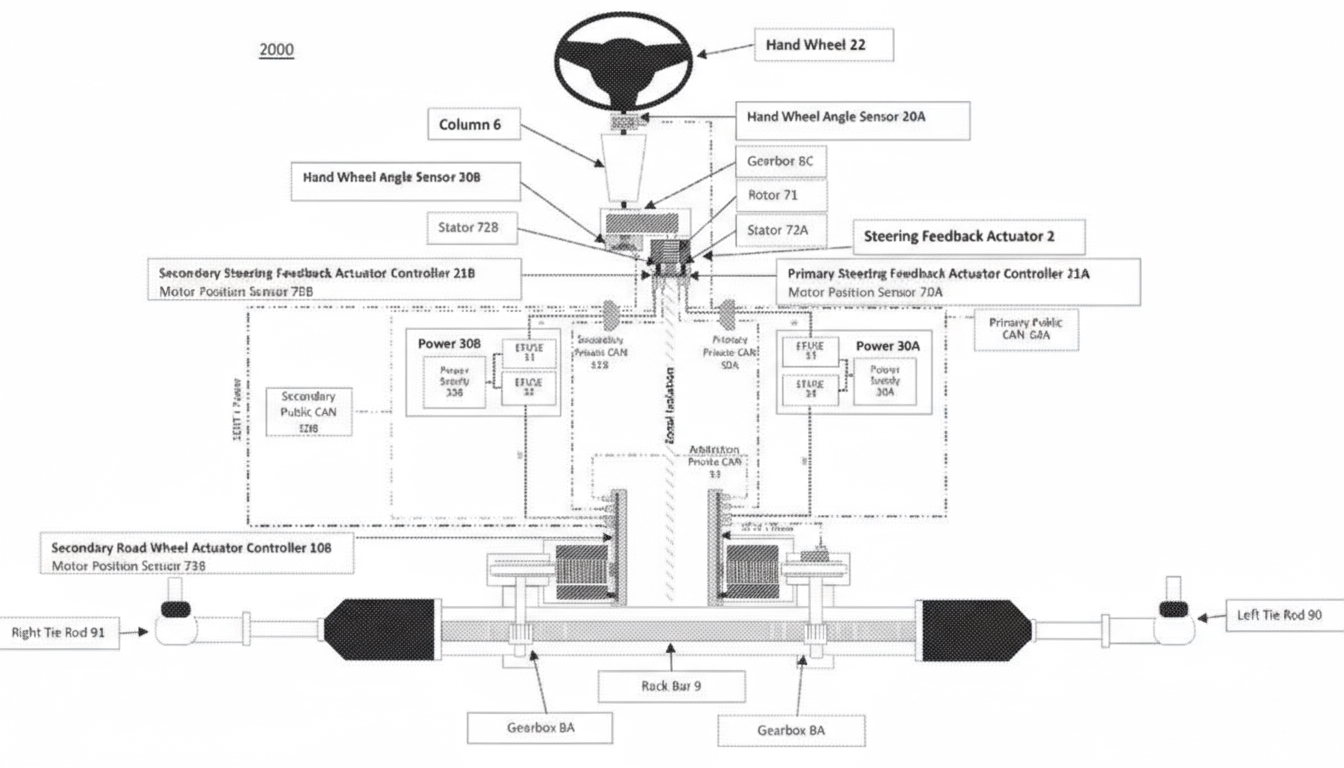Resolvers are critical position sensors in electric vehicle (EV) motor control, used to accurately measure rotor position, speed, and rotation direction. These signals are sent to the motor controller, where software algorithms regulate motor operation. This article outlines the working principle of resolvers, their calibration, and common faults in EV motors.
Resolver Operating Principle
Resolvers control the frequency and sequence of three-phase AC, adjusting motor speed and direction (forward or reverse). In permanent magnet synchronous motors, the stator¡¯s rotating magnetic field synchronizes with the rotor, maintaining a fixed angle between the magnetic poles. The resolver monitors rotor position and speed.
A high-frequency sine wave, known as the excitation signal, is input to the rotor coil. The resolver then receives high-frequency induced signals from the rotor, which are processed to extract sine and cosine data. Software analysis of these signals determines the stator¡¯s absolute position.
Resolver Calibration
Resolver calibration, often referred to as zero-angle calibration or motor angle calibration, determines the angular offset between the resolver¡¯s zero position and the motor¡¯s zero position. This ensures accurate alignment for precise motor control.
Common Resolver Faults
Resolver issues typically manifest as motor speed-related problems, including:
- Incorrect dashboard speed readings when the vehicle is stationary (actual motor speed is zero).
- No motor speed output despite normal high-voltage conditions and accelerator input.
- Three-phase hardware overcurrent faults.
- IGBT module failures.
- Motor speed fluctuations.
- Motor stalling.
- Vibration or abnormal noise.
Case Study: Resolver Wiring Fault
In one instance, a motor passed controller software and hardware version checks but exhibited abnormal clicking noises during NVH (noise, vibration, harshness) testing. The characteristic curve was irregular, and negative speed readings were observed. The issue was traced to incorrect resolver wiring harness design.
Diagnostic Methods
Resolver faults can be diagnosed using the following approaches:
Electrical Measurements
The resolver wiring harness typically includes six wires connecting the motor controller to the motor: ref¡À (excitation signal), sin¡À (sine signal), and cos¡À (cosine signal). Each signal pair has a specific resistance value. Measuring the resistance of these three signal pairs at the motor controller or motor connector can identify resolver faults.
Characteristic Curve Analysis
Motor speed, a byproduct of motor torque, should exhibit smooth, linear changes under normal conditions. Resolver faults cause erratic speed curves, resembling spikes or burrs. These fluctuations lead to vehicle driving instability during operation.
Wiring Harness Diagnostics
The resolver harness connects the motor controller¡¯s low-voltage connector to the motor¡¯s resolver low-voltage connector. Diagnostic steps include:
- Disconnect the low-voltage connectors at both ends and use a multimeter to check continuity of the excitation (ref¡À), sine (sin¡À), and cosine (cos¡À) signals.
- If resistance values are normal but loose connections are suspected, reinstall the connectors and shake the harness. Abnormal dashboard speed fluctuations indicate harness or connector issues requiring further inspection.
- If resistance values and harness connections are normal, replace the motor controller.
 ALLPCB
ALLPCB







